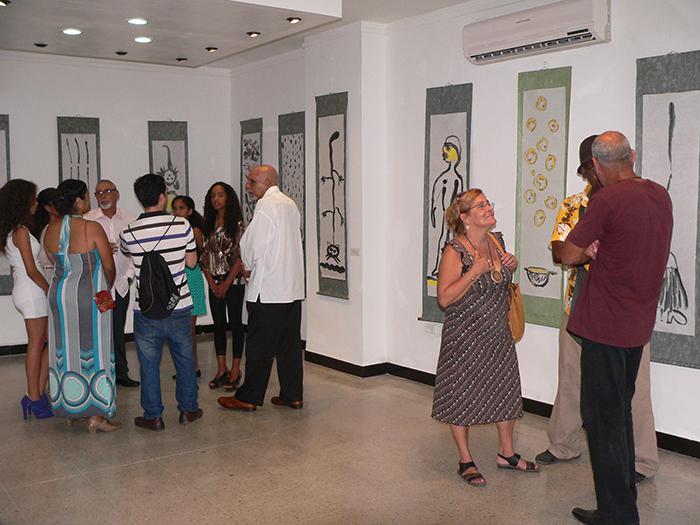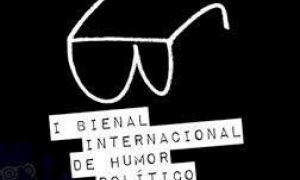
A unique example of Haiku, traditional Japanese poetry, was presented in Havana, through the eyes of Cuban adolescents who through paintings and poems captured the ancestral Japanese spirit regarding the sensoriality of nature.
And it could be no better tribute to Matsuo Bashō (born Matsuo Kinsaku, Ueno 1644 - Osaka November 28, 1694), the most famous poet of the Edo period in Japan, who during his lifetime was recognized for his works in the haikai no renga form and considered one of the four great masters of Haiku, together with Yosa Buson, Kobayashi Issa and Masaoka Shiki. Bashō developed and refined Haiku in a simple style and with a spiritual component.
The community art gallery Espacio Altamira, in the capital’s Vedado neighborhood, is currently exhibiting poems and paintings on Haiku, as seen through the young and restless eyes of Leyanis Arbolaez Rodríguez, Lucía Bordón Pardo, Olivia Peña Casanave and Paula Peña Casanave, from the Guerrilleros de América junior high school in the district of Plaza de la Revolution, who are taking part in the “En clave de Haiku” Workshop, led by Professor Jorge Braulio Rodríguez, dean of the Faculty of Visual Arts at the Higher Institute of Arts (ISA).
Braulio Rodríguez told Granma International that the workshop is designed as a complementary activity for the formation of values in children and young people interested in art in its various forms.
He noted in particular that the sensitive, intellectual and expressive processes accompanying the creation and critical appreciation of this poetic genre, born in Japan in the seventeenth century, are related to those forming the poetic background of visual and audiovisual arts, theater, music, and dance.

When asked about this striking form of Japanese expression, the Professor explains that traditional Haiku is, by its very nature, a distinctive means to develop reading skills, based on personal experiences and contact with nature. “Here the poet lends himself to nature so that it can express itself,” he says.
He notes that a classic quote suggests that “Haiku is simply what is happening right now, right here...” Beginning with the here and now, as starting points for creativity; remaining vigilant of the dissimilar incitements of the worlds that we are and we construct; are just some of the many possibilities available to those who travel the paths of Haiku.
Octavio Paz, 1990 Nobel Prize for Literature winner, reminds us how following Bashō, “Haiku becomes a rapid annotation, a true recreation of a moment, poetic exclamation, calligraphy, painting and a school of meditation, all at once.”
The Dean of the ISA Faculty of Visual Arts intends to expand this workshop to other schools, an effort that he considers important to the arts education of children and young people, which will be “the basis after the building of ethics and values we want to sow and develop in them,” he states.
Those visiting the Espacio Altamira community art gallery will find an atmosphere of artistic and literary sensitivity; providing an opportunity to feel, reflect and absorb, once again, the insatiable spiral released through Haiku.






